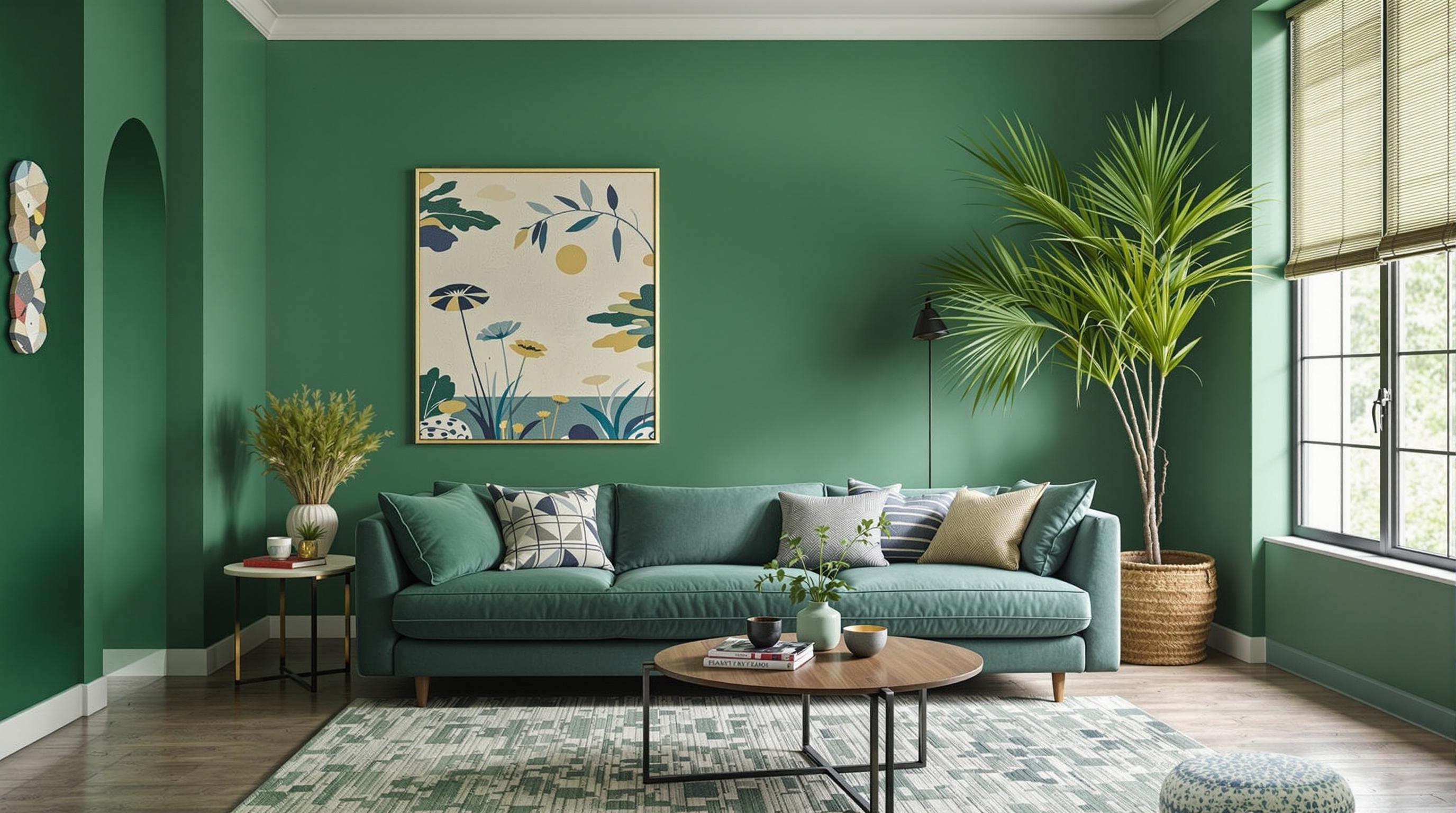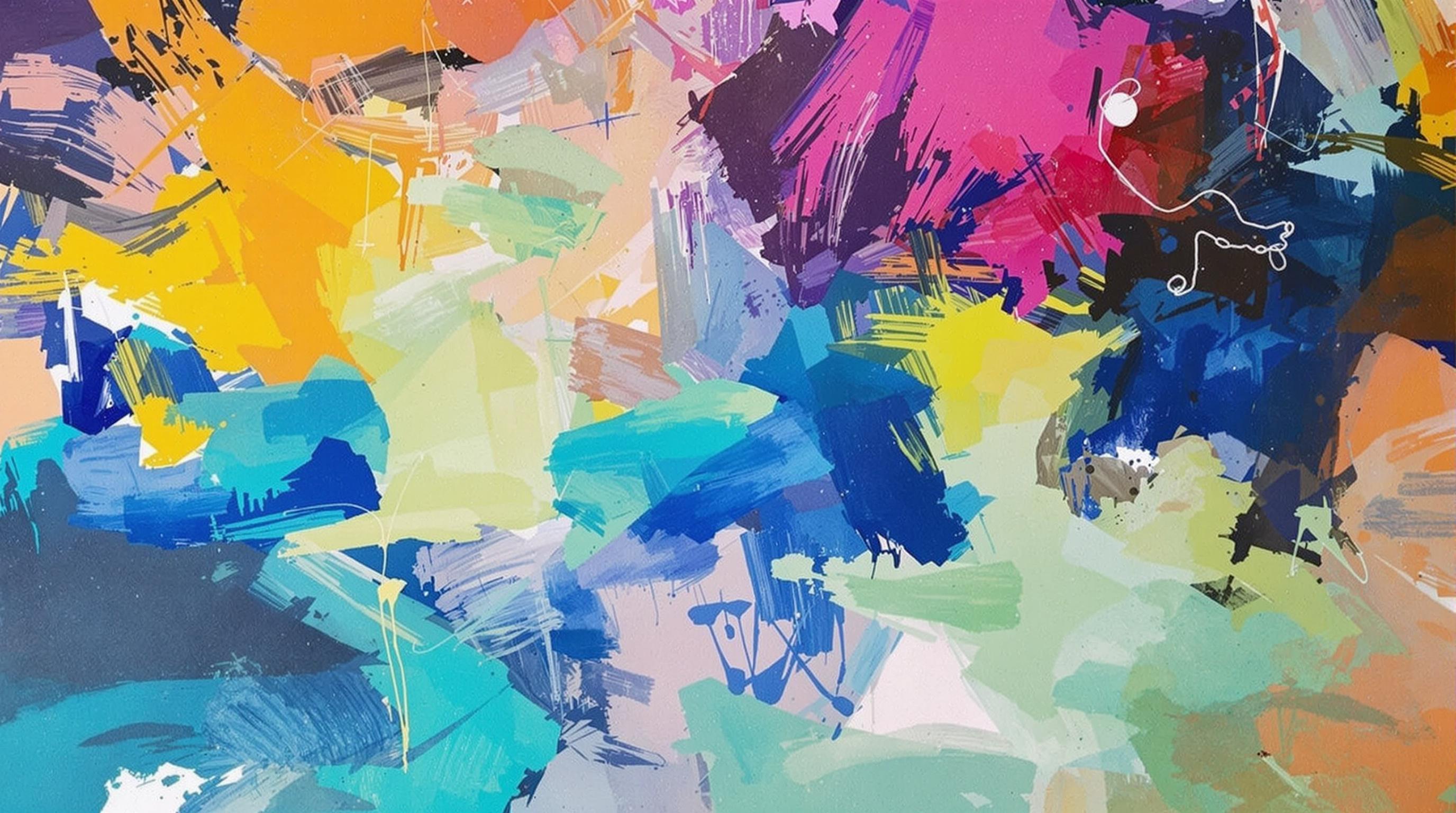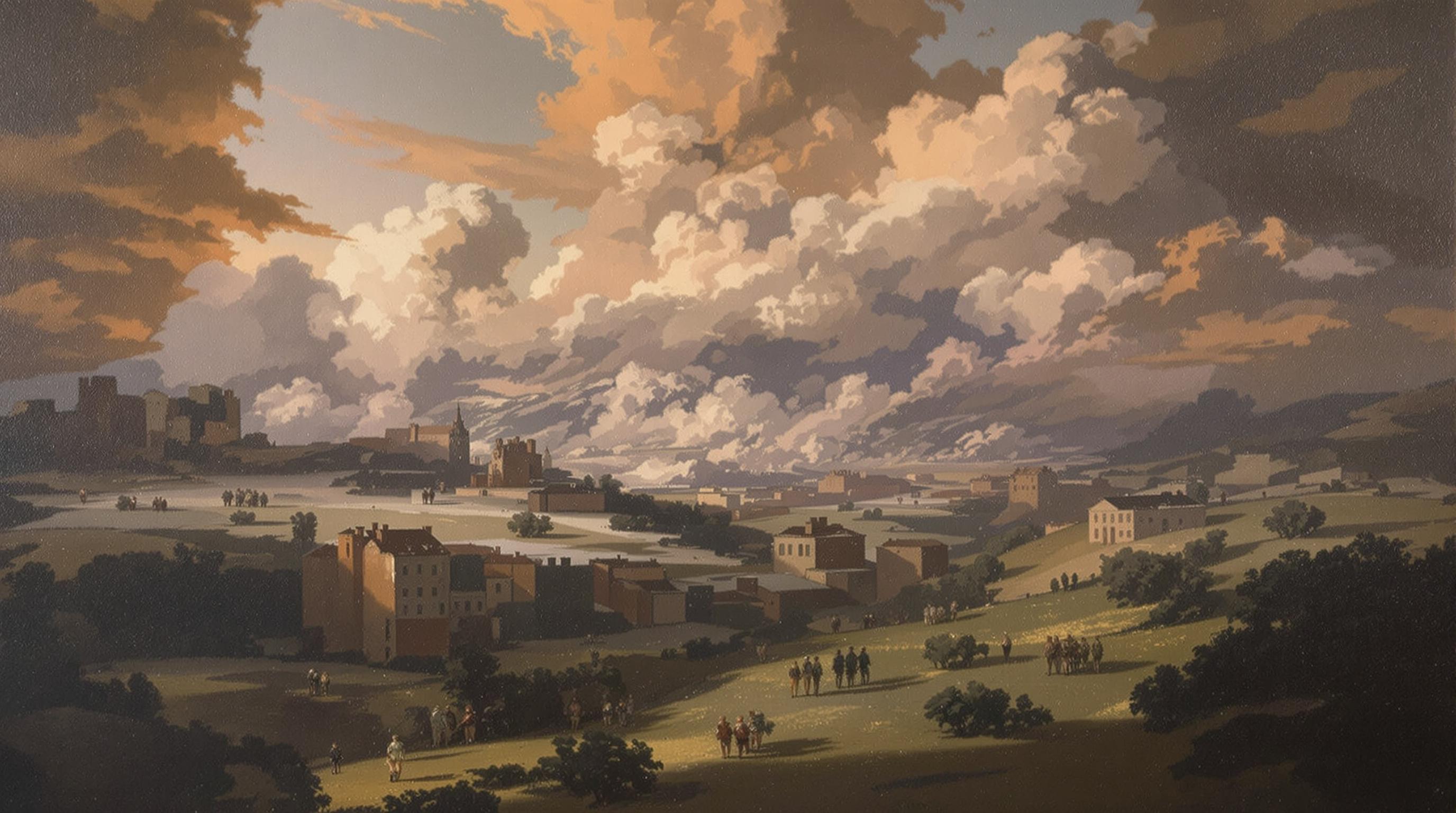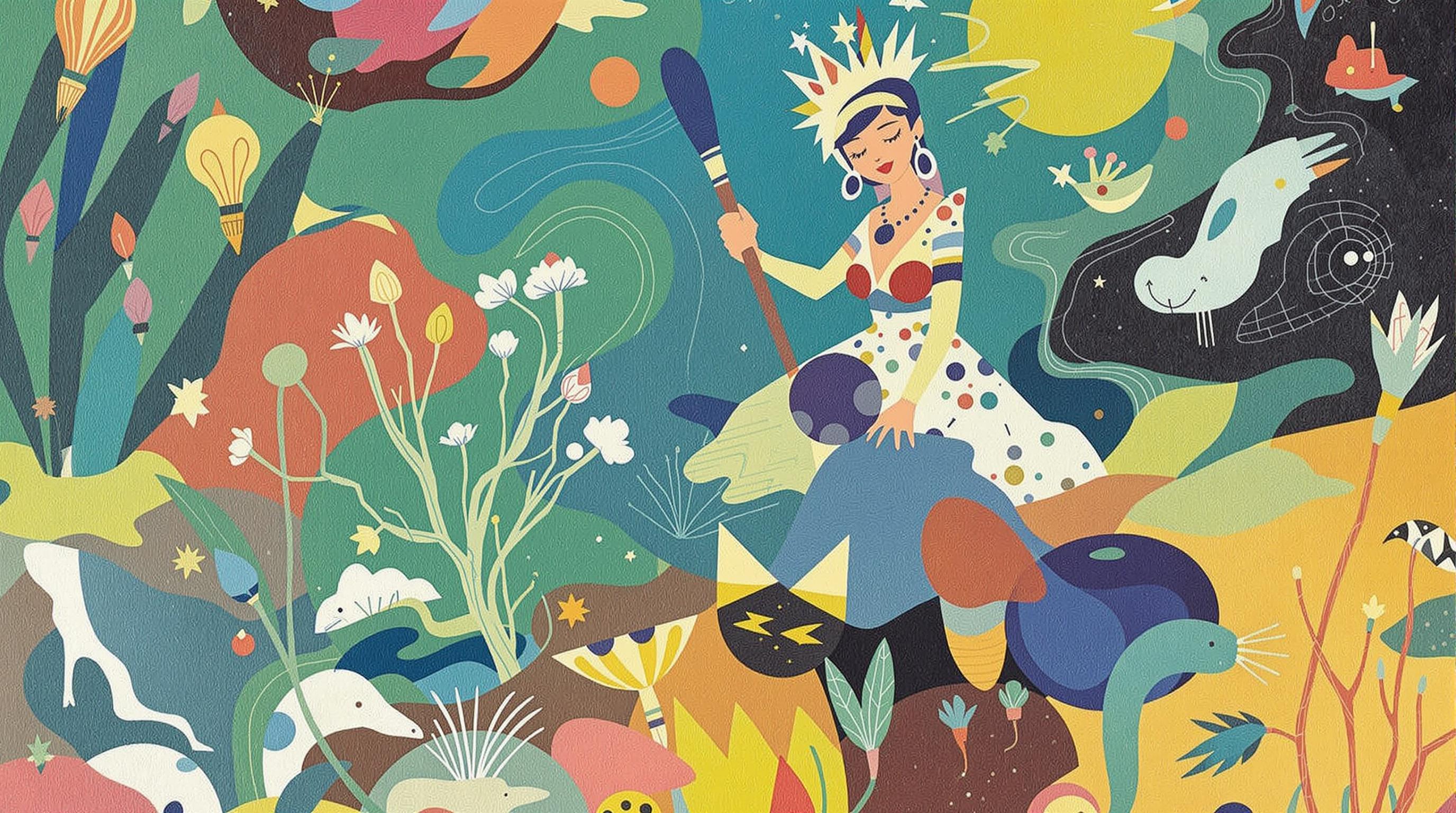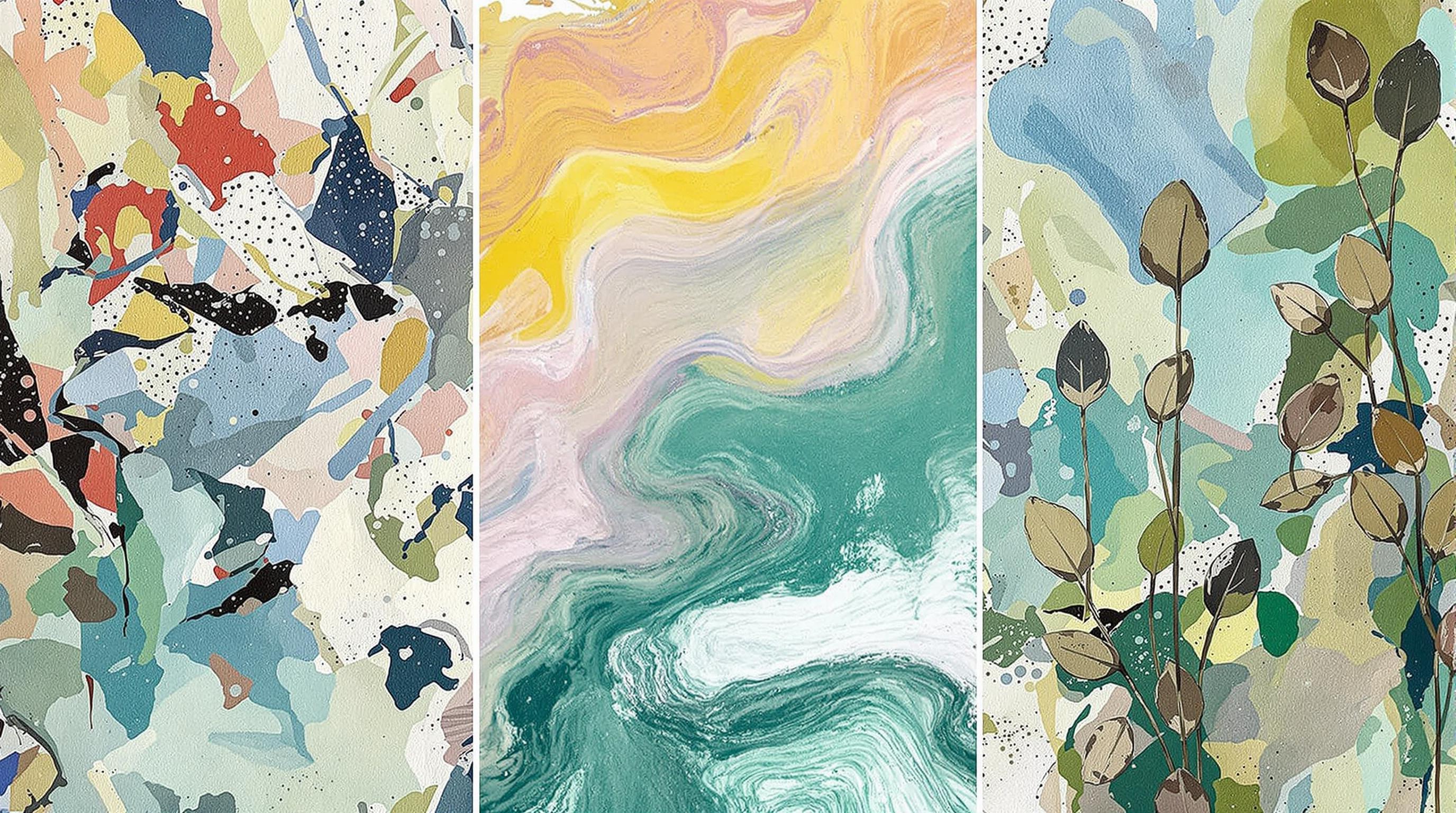Related Articles
- The Hidden Influence of Ergonomics: How Tool Design Shapes Our Physical Spaces and Daily Lives
- The Silent Influence: How Hidden Home Implements Shape Our Daily Routines and Spaces
- The Counterintuitive Role of Chaos: How Messy Tool Storage Can Lead to Unexpected Home Innovations
- Exploring the Unseen: How Audio Experiences Shape the Art of Domestic Spaces and Color Perception
- Rethinking the Mundane: How Everyday Objects are Becoming the Canvas for Modern Artistic Expression in Home Spaces
- Cultivating Chaos: The Surprising Benefits of Embracing Weeds in Your Garden Ecosystem
7 Unexpected Cultural Influences Shaping the Future of Home Color Trends and Artistic Decor Choices
7 Unexpected Cultural Influences Shaping the Future of Home Color Trends and Artistic Decor Choices
Introduction
Color is not merely a design choice; it reflects our cultural sentiments and influences our emotional state. In recent years, several unexpected cultural factors have begun to shape preferences for home colors and artistic decor choices. From technological advancements to global events and even the resurgence of historical aesthetics, these influences are creating a vibrant tapestry that defines modern interiors.
In this article, we delve into seven unexpected cultural influences that are guiding the future of home color trends and artistic decor. As we explore these emerging trends, it becomes evident that the places we inhabit are a mirror of the time we live in and the experiences we share.
1. The Digital Age
Technology has transformed not just the way we communicate but also how we perceive color and decor. Social media platforms, especially Pinterest and Instagram, have popularized an aesthetic-driven culture that inspires home decorating choices. Color palettes that go viral can quickly spread, leading to trends that shift as fast as the latest meme.
Furthermore, the rise of virtual reality (VR) and augmented reality (AR) has allowed consumers to visualize spaces in different colors and styles before making commitments. Colors that pop on screens are influencing choices in reality, with bold hues and gradient blends becoming more prevalent in home designs.
With digital technology creating new visual languages, virtual tools allow homeowners to experiment with color in ways that were previously not possible, democratizing decor choices and making daring color decisions more accessible.
2. The Pandemic Shift
The COVID-19 pandemic significantly reshaped our lives, including how we view and use our living spaces. As people spent more time at home, the demand for comfort and inclusivity in decor surged, leading to a nostalgic longing for the past. Soft, muted colors reminiscent of vintage aesthetics became popular, creating soothing environments that ease anxiety.
Additionally, the concept of "hygge," a Danish term that encompasses coziness and comfort, emerged strongly in design choices. Earthy tones and textured fabrics became the go-to for creating warm, inviting interiors that reflect emotional well-being.
The family-centric nature of pandemic life also drove users toward decor that promotes togetherness, fostering color choices that unite rather than divide—colors that invoke feelings of peace and relaxation at home.
3. Sustainability Movement
As concerns over climate change have heightened, the push for sustainable living has permeated all aspects of life, including home design. This growing consciousness has influenced color selections, moving consumers toward earth tones and natural shades that reflect organic materials and landscapes.
Biophilic design principles are gaining traction, embracing greens, browns, and other colors inspired by nature. Decor items made from recycled materials are also gaining popularity, leading to interesting textures and colors that celebrate sustainability.
The sustainability movement encourages society to consider the environmental impact of their choices, resulting in a color palette that is not just trendy but also responsible and connected to nature.
4. Globalization of Influences
In our increasingly interconnected world, cultural influences from various global regions are enriching Western home decor. Traditional color palettes and designs from Africa, Asia, and South America are finding their way into mainstream aesthetics, diversifying the available choices for homeowners.
The infusion of global designs invites narratives into spaces, allowing for much more than just visual appeal. However, it's essential for these designs to be used respectfully and authentically, acknowledging their origins to prevent cultural appropriation.
This blending of global perspectives is leading to an eclectic mix of colors that celebrates cultural heritage while fostering cross-cultural understanding and appreciation.
5. Mental Health Awareness
As society becomes more aware of mental health, colors that promote well-being are emerging as a choice in home design. Calming colors such as soft blues, gentle greens, and muted pastels are increasingly popular for promoting tranquility and relaxation.
Interior designers are learning to incorporate "therapeutic" colors based on studies showing how individuals react to different hues. The emotional connection to colors reinforces the idea that colors can affect mood, which in turn affects lifestyle choices.
These findings emphasize the growing importance of choosing colors intentionally in home environments to support mental wellness as individuals gear toward creating sanctuaries away from the chaos of everyday life.
6. Historical Resurgence
The fascination with historical trends is leading to a resurgence in classic colors and vintage aesthetics, heavily influencing modern home decor. Color selections reminiscent of past decades—such as rich jewel tones or retro pastels—are becoming trendy again.
With the rise of 'cottagecore' aesthetics, a romanticization of rural life, colors that depict wholesome, natural settings are sought after. Paint brands are even drawing from historical palettes to offer "classic" collections that evoke nostalgia.
This movement toward historical color inspiration emphasizes that decor is cyclical, with past influences providing a timeless essence that resonates across generations.
7. The Rise of Personalization
In recent years, there has been a notable move toward personalization in decor choices, as more people seek to reflect their identities within their homes. As an extension of self-expression, curated colors and decor pieces are showing individuality and uniqueness in contemporary spaces.
Whether through DIY projects or customized artwork, consumers are gravitating toward color choices that tell their personal stories. From statement walls to personalized furniture, the emphasis is on capturing life experiences and memories through deliberate design.
This push for personalization transforms the way we approach color; it becomes a language of self-identity that speaks to who we are, leading to a rich, diverse spectrum of decor trends.
Conclusion
The future of home color trends and artistic decor is being shaped by a myriad of unexpected cultural influences. From the rise of digital technology to the global exchange of ideas, these factors are fostering an environment of creativity and discovery.
As homeowners gain access to more information and inspiration, the colors they choose will reflect not just personal tastes but also broader societal values and cultural narratives.
As we embrace these cultural influences and understand their implications, our homes will continue to evolve into vibrant spaces that tell our collective stories, celebrating individuality while fostering connection.
